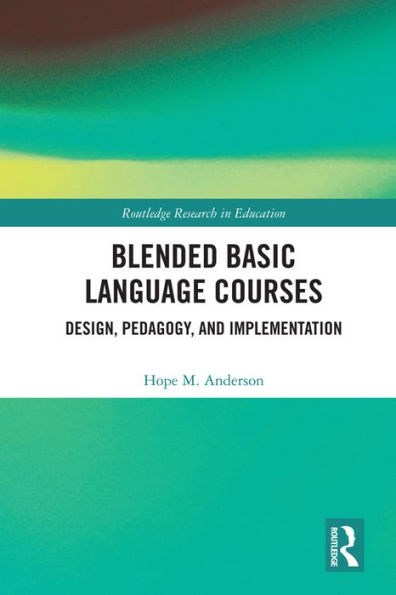5
1

Blended Basic Language Courses: Design, Pedagogy, and Implementation
202
Blended Basic Language Courses: Design, Pedagogy, and Implementation
202eBook
$46.99
$54.95
Save 14%
Current price is $46.99, Original price is $54.95. You Save 14%.
Related collections and offers
46.99
In Stock

Product Details
| ISBN-13: | 9781351333528 |
|---|---|
| Publisher: | Taylor & Francis |
| Publication date: | 03/15/2018 |
| Series: | Routledge Research in Education , #18 |
| Sold by: | Barnes & Noble |
| Format: | eBook |
| Pages: | 202 |
| File size: | 2 MB |
About the Author
From the B&N Reads Blog
